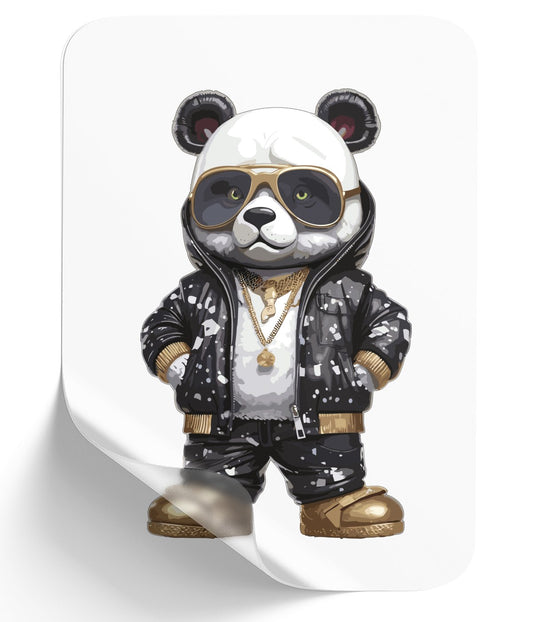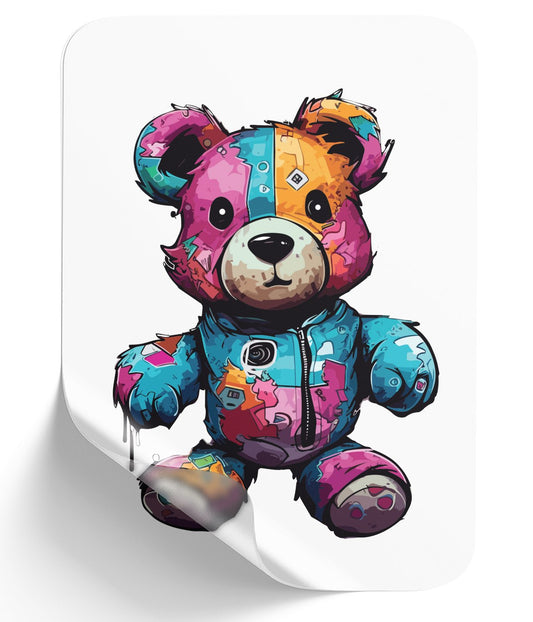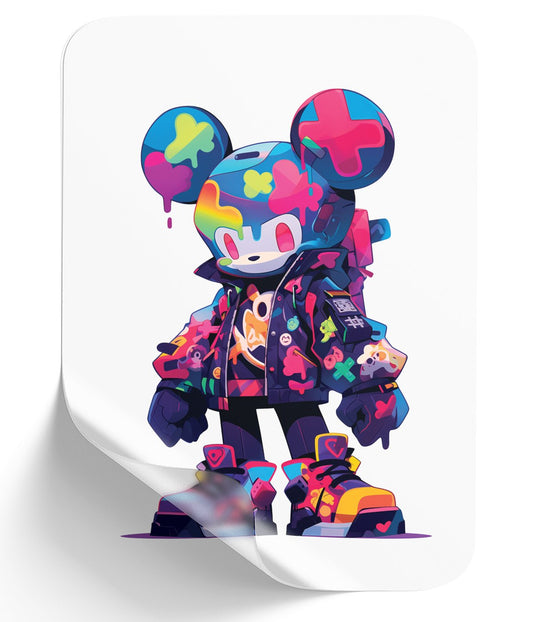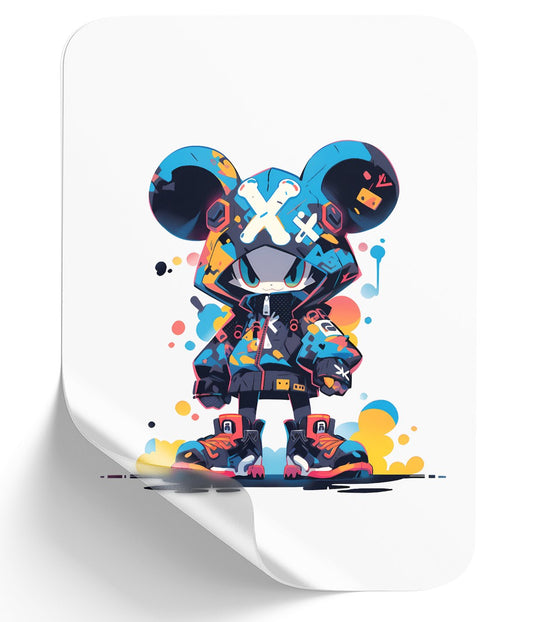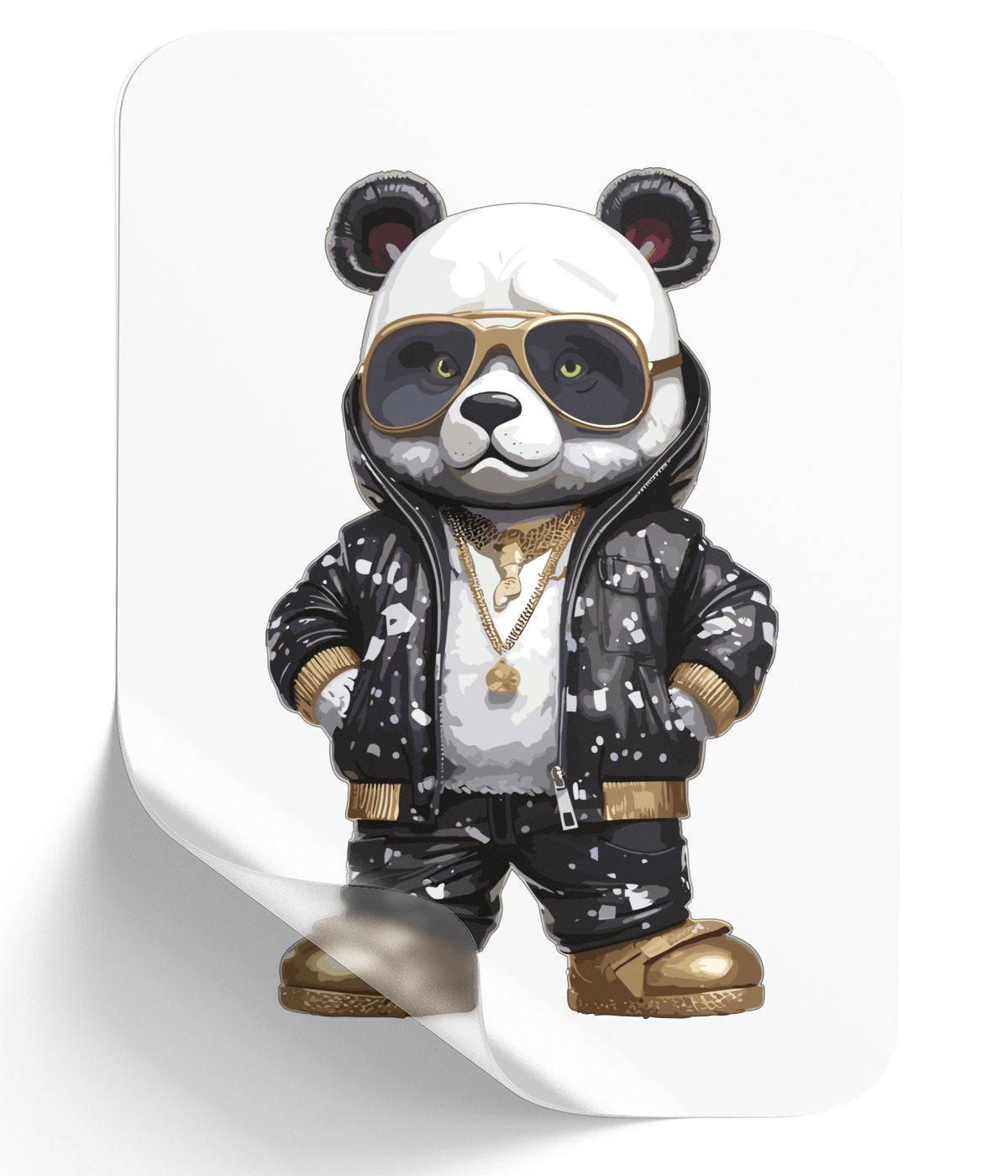A Step-by-Step Guide to Motherboard and Print Head Replacement
When disaster strikes your Direct to Film (DTF) printing setup, like frying your printer's motherboard due to moisture invasion, it's not just about fixing what's broken. It's about understanding the intricate dance of disassembly, replacement, and reassembly to breathe new life into your equipment. This guide will walk you through the essential steps to replace your DTF printer's motherboard and print heads, ensuring your setup is back in top form without skipping a beat.

Identifying the Problem and Preparing for Replacement
The journey begins with recognizing the signs of a malfunctioning DTF printer. In our case, moisture seeped through the ribbon cables to the print head and the chip, leading to a catastrophic failure. The first step in the revival process involves turning on the printer to confirm the error message, which indicates a damaged motherboard.
Gathering the Necessary Materials
Before diving into the repairs, ensure you have all the necessary components on hand:
- Replacement motherboard: This is the heart of the operation. For our scenario, the replacement cost was around $650.
- New print heads: Depending on the extent of the damage, you might need multiple print heads. Each can cost about $1,000.
- Ribbon cables and silicone tubes: These are crucial for connections and ink flow. Ensure they are the correct size and type for your printer model.
Step-by-Step Replacement Process
Draining and Disassembling
- Drain the ink lines: Start by draining all ink lines, particularly if you're replacing them to avoid contamination with old ink.
- Remove the top section of the printer: This exposes the internal components, making it easier to access the motherboard and print heads.
Installing the New Motherboard
- Remove the old motherboard: Unscrew and carefully remove the old motherboard, keeping track of all screws and connectors.
- Install the new motherboard: Place the new motherboard, aligning it with the screw holes. Reattach the ground terminal and any connectors that were on the old board.
Replacing the Print Heads and Ribbon Cables
- Set up the ribbon cables: Attach new ribbon cables to the motherboard before installing the print heads. This helps in organizing the setup and ensures a clean installation.
- Replace the print heads: Install the new print heads, starting from one side and moving to the other. Ensure each print head is correctly aligned and secured.
Final Assembly and Testing
- Reattach all screws and connectors: Once all new components are in place, secure them with screws. Be careful not to overtighten, as this could damage the plastic housings.
- Test the setup: Before plugging in the print head cables, turn on the printer to check all lights and error messages. This step is crucial to avoid repeating the initial issue.
Post-Replacement Tips
After successfully replacing the motherboard and print heads, it's essential to conduct a final check:
- Ensure all cables are correctly connected: Double-check the placement of each cable, as incorrect connections can lead to further issues.
- Test print quality: Run a few test prints to ensure everything is aligned and the print quality meets your standards.
Conclusion
Replacing a DTF printer's motherboard and print heads can seem daunting, but with the right tools and a bit of patience, it's a manageable task that can save you from the cost of buying a new printer. Regular maintenance and careful handling of the equipment can prevent similar issues in the future, keeping your DTF printing operations smooth and efficient.
Remember, the key to successful DTF transfer and heat press operations lies in the precision of your setup and the quality of the components you use. Whether you're dealing with DTF printing or any other form of heat transfer, taking the time to understand and care for your equipment is crucial for achieving the best results.

